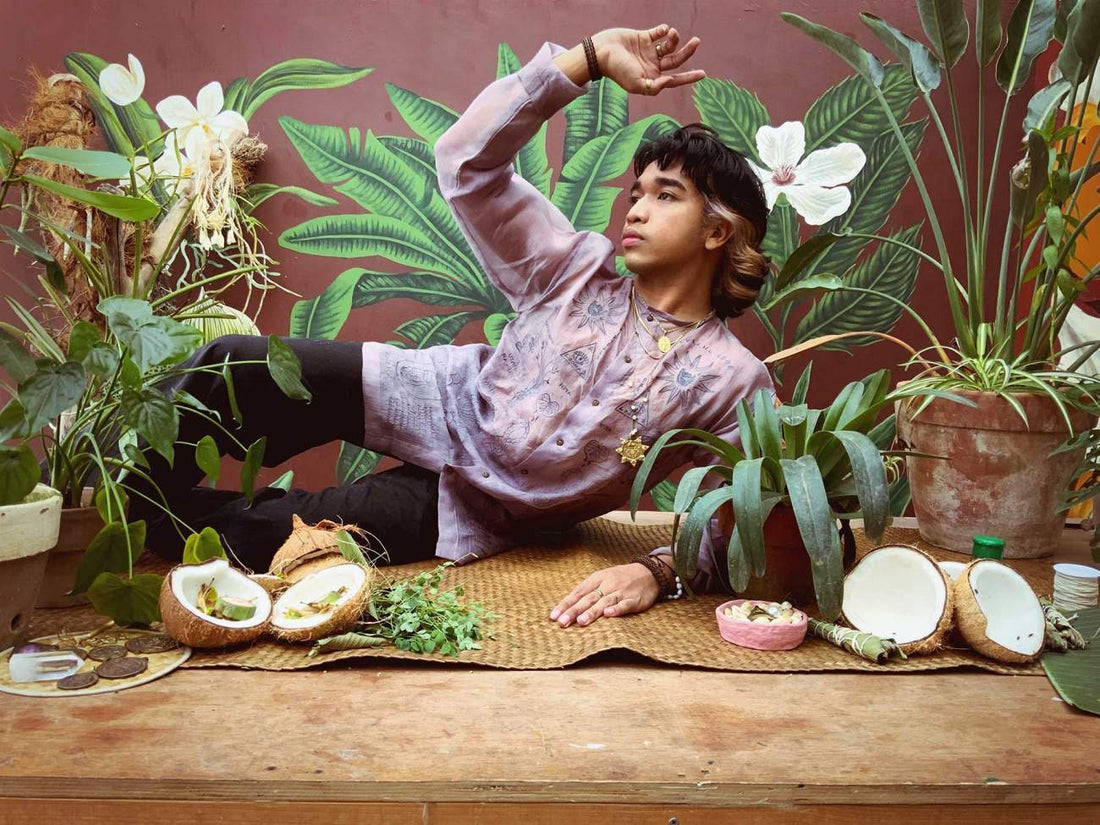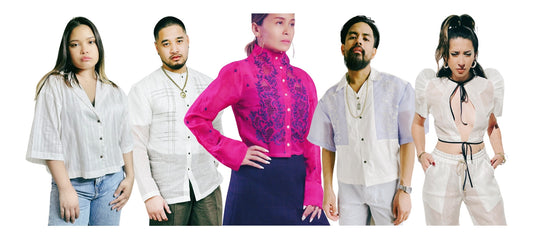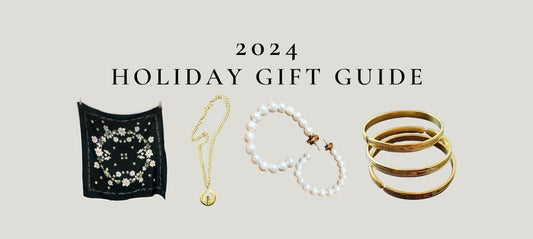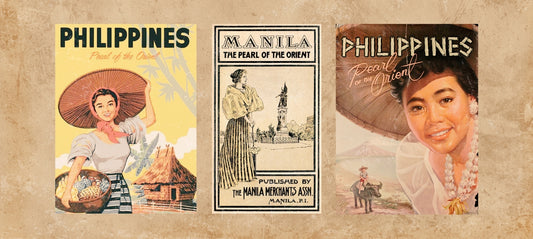Pamanang Paniniwala is the newest embroidery design series, featured on our latest Biggie Barong. Pamanang Paniniwala literally translates to inherited belief. Conceptualized and created by our in-house artist, Chesleigh Nofiel (previously Alaga At Sining), this epic design is an embodiment of religious-spiritual semiotics and the ancestral Filipino psyche anchored in history, anthropology, nature, superstition, belief and faith.
The theme of this design series is centred around the anting-anting or agimat. A menagerie of imageries and symbols directly influenced and evolved from diverse indigenous Philippine traditions around kulturang pagdidiwata, which is the harmony with the Deities, Creative Forces of Nature and Ancestral Spirits, where art, myth, ritual, work and activities of everyday life are all integrated into one. Whew! And leave it to us to integrate, co-opt and adapt imageries and symbols from, of course, Catholicism (Latin), and Orthodox Christianity, and Judaism-- essentially a making this halo-halo a version of Philippine voodoo.
Long before the Spaniards came, the natives of the archipelago worshiped their ancestral anitos (spirits) and a host of multi-gendered deities. Among the Tagalogs, Bathala reigned supreme. As the Church gained power during the 300-year colonial period, the ancestral pagan deities and beliefs were readily integrated into Catholicism. The hybridized imagery is linked to the Filipino's belief in the soul and our ideas on leadership, power, nationalism, and revolution. They became signs not just of devotion but of the power that came with it. Filipino mystical/religious artifacts such as anting-anting, agimat, amulets, talismans, charms, healing herbs, monuments; and activities such as singing, dancing, art-making, ceremonies, rituals, customs, traditions, and moral values have proven that our culture and society today is still intimately tied and influenced by our ancestral beliefs, however evolved.

While some cultures may regard religious artifacts to be tangible protection from evil, harm, and bad luck, the culture of the Filipino religious artifact is different, as it goes further as to be regarded as a religion in itself. Filipinos create their own interpretations of these objects to suit their beliefs. Two most common ways to get a personal anting-anting is by inheritance or by creating one. Many people who own anting-anting are very secretive and usually keep them hidden as their secret covenant with the gods. Though there are some who wear their anting-anting visibly. Again, the wearer's own personal beliefs is where the power lies.
The designs embroidered on Pamanang Paniniwala is created with the intention to give the wearer protection against harm, negative energy, and bad spirits; and likewise to illuminate healing, prosperity, and liberation (and yes dismantling partiarchy!). Read on below for the visual glossary of the symbols in this garment.

Glossary of Elements:
- Araw - The Sun, is a representation of the higher-self, a symbol of power, growth, health, passion, and the cycle of life in many cultures and religions throughout the Philippines. No occupation of man has produced a richer store of traditions, customs, and superstitions than agriculture, the Sun, as a manifestation of God to work with and to be worshiped. The daily life and work of Filipino farmers gives them an intimate relationship with nature. The Sun as an emblem of fear, mainly of its significance in Philippine folk beliefs and its spiritual value to our country's farmers, is ever-present in their soul that leads them to practice many propitiatory rites and ceremonies.
- Makabuhay – The name in Tagalog means “to give life.” Filipinos in general consider this vine as a universal medicine. It is commonly used for stomach trouble, indigestion, diarrhea, and ulcers. It is known as a febrifuge, and is said to have anti-malaria properties.
- Malunggay – or moringa. In the some provinces in the Philippines, Malunggay seedlings are planted to mark significant events as an emblem of miracle. Referred by scientists as a “miracle tree,” malunggay has been promoted by the World Health Organization for the past 20 years as a low-cost health enhancer in poor countries around the globe. The powdered malunggay seeds are also appropriate for water purification in rural areas of tropical countries. India’s ancient tradition of Ayurvedic medicine states that the leaves of the moringa tree can prevent 300 diseases. Modern science confirms this basic concept, while scientific research has shown that malunggay leaves provide almost miraculous nutritional value.
- Trespiko – (three peaks). Believed to be a symbol of the Supreme eye of God the Father. It is often used by physicians and those in spiritual practice. It is believed to have extraordinary power for spiritual protection and spiritual healing. It symbolizes the oneness of the Infinito Dios (Infinite God) and the Santissima Trinidad (Holy Trinity). To those who keep and faithfully believe in it, they can achieve oneness with the Infinito Dios and the Santissima Trinidad.
- Infinito Dios - (Infinite God). The myth of Infinito Dios alludes to our ancestor’s resistance against Catholicism replacing their old animistic religion from being completely eradicated. The theme of baptism had a very strong connection to the desires of the Spaniards to evangelize and indoctrinate the natives in the name of the “Santisima Trinidad” (Holy Trinity) as one God. “Bathala” (God), the source of all power, is an ancient multi-dimensional Tagalog deity associated with the elements of earth, wind and water. Invested in mystic symbols, speaking in arcana and anagrams lifted from Latin, Catholic and cabalistic texts, he became the “Infinito Dios” of the “mag-aanting”, the center of all local talismanic motifs. Bathala/Infinito Dios retained his own name, power and authority in Philippine religion despite the encroachment of the Santisima Trinidad on the native faith. Once fully activated, it is said (and proven many times by Filipino mystics) to be a very powerful all-purpose medallion. It is particularly used for protection and countering dark forces such as sorcery, evil spirits, curses of death, and other malign magics; it is used either for spiritual defense or offense.
- Kalangitan – (of the sky or heavens). A common religious cosmological or transcendent supernatural place where beings such as gods, angels, spirits, saints, or venerated ancestors are said to originate, be enthroned, or live as an emblem of closeness to God and spirituality.
- Kris at Hinating Bayag-Usa – (wavy bladed dagger, halved bayag-usa, a fruit literally named deer testicles). The Kris is a spiritual symbol of Moro and southern Filipino culture, and a resistance to Spanish rule and influence. Both a weapon and spiritual object, the Kris is often considered to possess magical powers, with some blades possessing good luck and others possessing bad. The word kris means to stab or to pierce. Although classified as a weapon, some folklore suggests these much-revered daggers were not made for combat, but rather as spiritual objects that protect their owners, warn of impending danger, and provide bravery and confidence. Resolving gender inequality can only be achieved by dismantling patriarchy, the Kris appropriated as a sigil slicing the fruit of Bayag-Usa, is a visual incantation of abolishing patriarchy.
- Palaspas - Made from the unopened coconut leaves, the palms are believed to possess protective and healing properties. Beliefs and uses vary from region to region. Some use the blessed palms to ward off the devil and other evil spirits, to counter spells, and protect the homes from natural disasters - lightning, typhoons, and earthquakes. It is also used in the healing ritual of suob where the fronds are burned and used for smoke or vapor treatments. In Quezon, the shredded leaves are mixed with insenso kamangyan (incense) and a pinch of salt and placed on embers. The vapor treatments are commonly used for stomach ailments and listlessness and hyperactivity in children. An infusion of the ashes is sometimes mixed with water and taken for fever. Devotees often hang the blessed palm on the outside of the house as a symbol of solidarity with the suffering of Christ or to exorcise evil spirits.
- Anito Ekosentrismo – The land is the dwelling of the spirits and the creator. Our land is sacred, and to maintain a harmonious relationship with the spirits of the land, we have to treat it as a living thing. Anito, refers to ancestor spirits, nature spirits, and deities in the indigenous Philippine religions from the precolonial age to the present. Applied with the concept of Kulturang Pagdidiwata, much like ecocentrism, as a term used in ecological political philosophy to denote a nature-centered, as opposed to human-centered anthropocentrism system of values. An emblem of oneness with nature and the environment, and the egalitarianism that runs through our blood - the connection to the spirit of our ancestors.
- Ling Ling-O – Is an ancient symbol found throughout Austranesia including Taiwan, Vietnam, and the Igorots of the Cordilleras have taken it to bring fertility, virility and super natural powers to the wearer. It symbolizes courage, the balance of male and female energies, and social standing of the wearer.
- Sigils - Sigils are a symbol created with the intention of changing reality in accordance with our will. The glyphs written in the garment is a desire to fulfill the twofold task of theology: to deconstruct whatever is oppressive and to reconstruct whatever is liberating.
- Infinitang Nagsasabog ng Biyaya – The Virgin Mary's representations shift to emphasise different facets of her role in Christian history, her essential qualities remain the same as an emblem of faithfulness, devotion, humility, purity. Maria was the name given to the female deity when the Catholics introduced the archetype of the mortal Virgin Mary. Its existence elevated the Virgin Mary into the pantheon as the female Bathala because pre-colonial Filipinos could not understand why a woman god would be a lesser being. In a sense the existence of Infinita Dios denotes that our pre-colonial ancestors viewed the Philippine gods as multigendered/two-spirited instead of a single patriarchal god and this subversion seeped in Filipino modern Catholicism practice. Maria was the first being who emanated from God, the first to appear before the sixteen spirits, the archangels, Luxbel (Lucifer) and the “Santisima Trinidad” (Holy Trinity). Hence, the “mag-aanting” elevated the Virgin Mary, the Catholic Mother of God into a goddess who emerged from the mind of the “Infinito Dios”. This female “Infinita Dios” was also called “Kataas taasang Ina” (Mother Most High). The Marian devotees’ Miraculous Virgin (“Birheng Milagrosa”), the Immaculate Conception depicted in the Miraculous Medal, with her hands stretched at her sides, giving off rays of light became the “Infinitang Nagsasabog ng Biyaya” (Infinite Goddess Bestower of Blessings).








